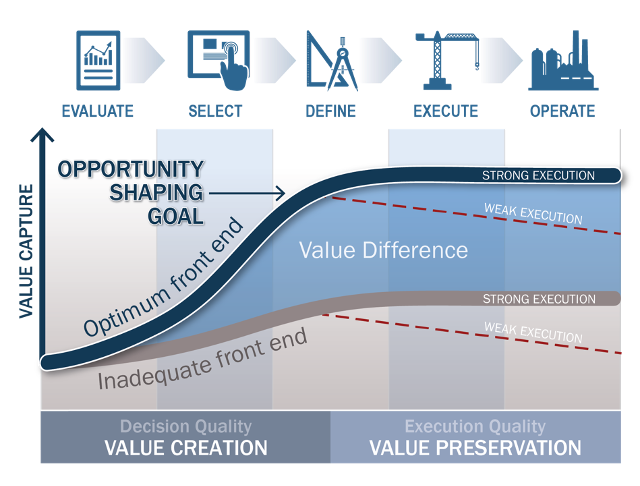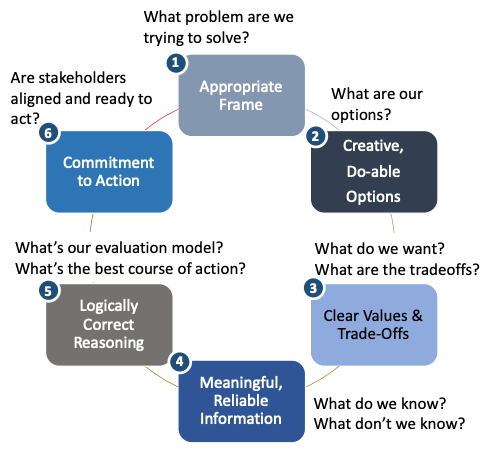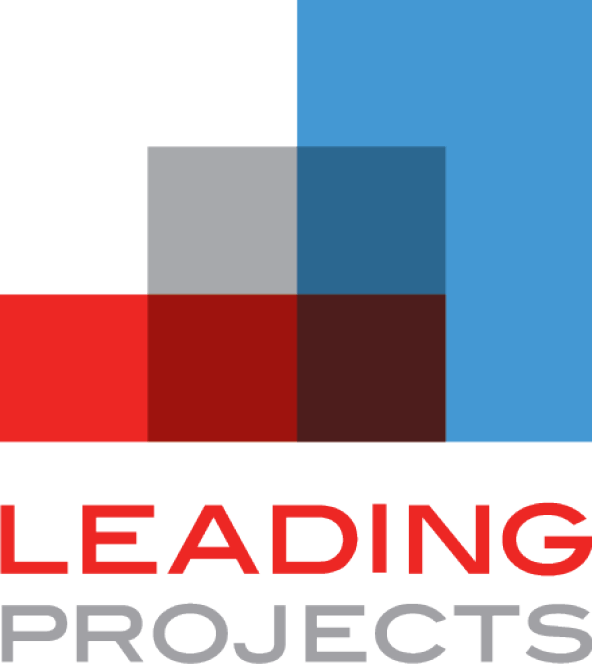Particularly in the case of capital projects, much of the critical decision-making occurs at the front end, when teams have the greatest opportunity to maximize value by shaping the opportunity properly. However, despite deploying stage-gated project management processes and Front-End Loading (FEL) activities for many years, organizations continue to struggle to deliver projects that are on time, on budget, and achieve value expectations.
2 Hypothetical Projects
In the illustration below, one of the two hypothetical projects leaves a lot of value on the table due to poor shaping decisions.
 Better Opportunity Shaping
Better Opportunity Shaping
Project teams are often focused on the completion of FEL deliverables to satisfy stage gate requirements, but some of the most important value-creation decisions fall in between stage gates. Examples include concept selection, execution strategy, technology, location, size, pace, etc. And project decisions may still be compromised by inadequate information, unrealistic risk assessments, cost and schedule pressures, overconfidence, or other factors.
Team leaders must devote additional effort to ensuring that all project decisions are high quality and subject to rigorous critical thinking.
Our approach at Leading Projects is to incorporate a Decision Quality framework early on in this opportunity-shaping process. The key attributes of Decision Quality are illustrated below, a framework developed by the Strategic Decisions Group.[1]
Let’s examine each of these attributes in the context of major capital projection decisions.
1. Appropriate Frame (What Problem Are We Trying to Solve?)
To develop an appropriate frame for a project, decision-makers must identify what is in-scope for the project, what is out-of-scope, and what requires further analysis. The project frame should be defined early on, validated with decision-makers, and documented clearly, such as in a project charter.
Frequently, the trouble comes when decision-makers and project teams haven’t communicated well and are misaligned on one or more elements of scope. For example, decision-makers may regard some development options as open for consideration that the project team has already excluded from further study.
 2. Creative, Do-able Alternatives (What Are Our Options?)
2. Creative, Do-able Alternatives (What Are Our Options?)
The most successful projects are those that are not only well-executed but also those where the right project is being executed. The most successful project team leaders take the time to identify and assess the viability of all the possible development options before making their final decision. This may include studying or performing an economic analysis on some of the more likely options.
One of the most common traps project teams fall into is fast-tracking a single development option through the early project stages rather than developing and evaluating a robust suite of development alternatives.
Having a broader perspective of all of your options helps to support a high-quality concept selection decision. The same is true for other big choices — consider all options — cast a wide net!
3. Meaningful, Reliable Information (What Do You Know? What Don’t You Know?)
For a high-quality project decision, decision-makers need information that is relevant, timely, and accurate. Ideally, this means conducting a critical assessment of what is known about the opportunity and what information gaps exist. Then, decision-makers need to acquire and evaluate additional information ahead of the project schedule while there’s still time to make better choices and change course if necessary.
Poor project decisions can result from assumptions based on preliminary information which later proves to be inaccurate, resulting in costly delays or suboptimal designs.
4. Clear Values and Trade-Offs (What Do You Want? What Are the Trade-Offs?)
Project teams and decision-makers frequently appear aligned regarding project values — typically, to maximize the project’s Net Present Value (NPV). However, project teams often fail to provide decision-makers with information regarding the trade-offs arising from the alternatives being considered. A clear, shared understanding of the values to be achieved and the trade-offs required is necessary for high-quality decisions.
5. Logically Correct Reasoning (Is Your Evaluation Correct? What’s the Best Course of Action?)
By definition, high-quality project decisions must be the correct decisions. A robust critical-thinking process is needed to ensure that decisions are the best available. Three actions have proven especially helpful in this regard:
- Ensure you have a robust evaluation model that thoroughly compares the alternatives across the specific criterion and drivers that the decision-makers deem important (things like speed, cost, ROR, reliability, etc.).
- Make significant project decisions in a decision review group environment where alternatives are explored and debated. Choose decision review group participants based on their ability to influence the project, commit resources, and prevent decisions being “reversed on appeal.”
- Introduce independent assurance to give decision-makers confidence that the project team’s recommendations have been reviewed and validated by subject matter experts. Often, the assurance efforts should be conducted by external experts who are free from organizational biases and can guard against unwarranted optimism.
6. Commitment to Action (Are Stakeholders Aligned and Ready to Act?)
High-quality project decisions have a strong organizational commitment to action. There is clear alignment between the project team and decision-makers, the required financial and human resources have been committed, and a sense of importance and urgency to proceed has been instilled. Inadequate project funding or difficulties securing needed resources are clear signals of a weak commitment to action, and these projects may be more appropriately deferred or canceled. When the right stakeholders are not carefully identified and included in the process, the decisions may not stick and may be recycled.
The Decision Quality Framework
This approach can be applied to any project decision and is a key enabler to achieving project success. At Leading Projects, we incorporate this approach into an Opportunity Framing Workshop to be conducted early in the project life.
Later in the project life-cycle, even “smaller” decisions that don’t fall neatly at stage gates can benefit from this flexible process.
References
[1] Decision Quality Defined, SDG Website: https://sdg.com/thought-leadership/decision-quality-defined/
For more information:
Visit our website at www.leading-projects.com or contact us at [email protected]
Scott Purdy
Executive Advisor
Proprietary Leading Projects LLC © 2020. All rights reserved.

